When to drip faucets – avoid frozen and burst pipes with these expert-approved precautions
Do it right and do it well with our pro tips
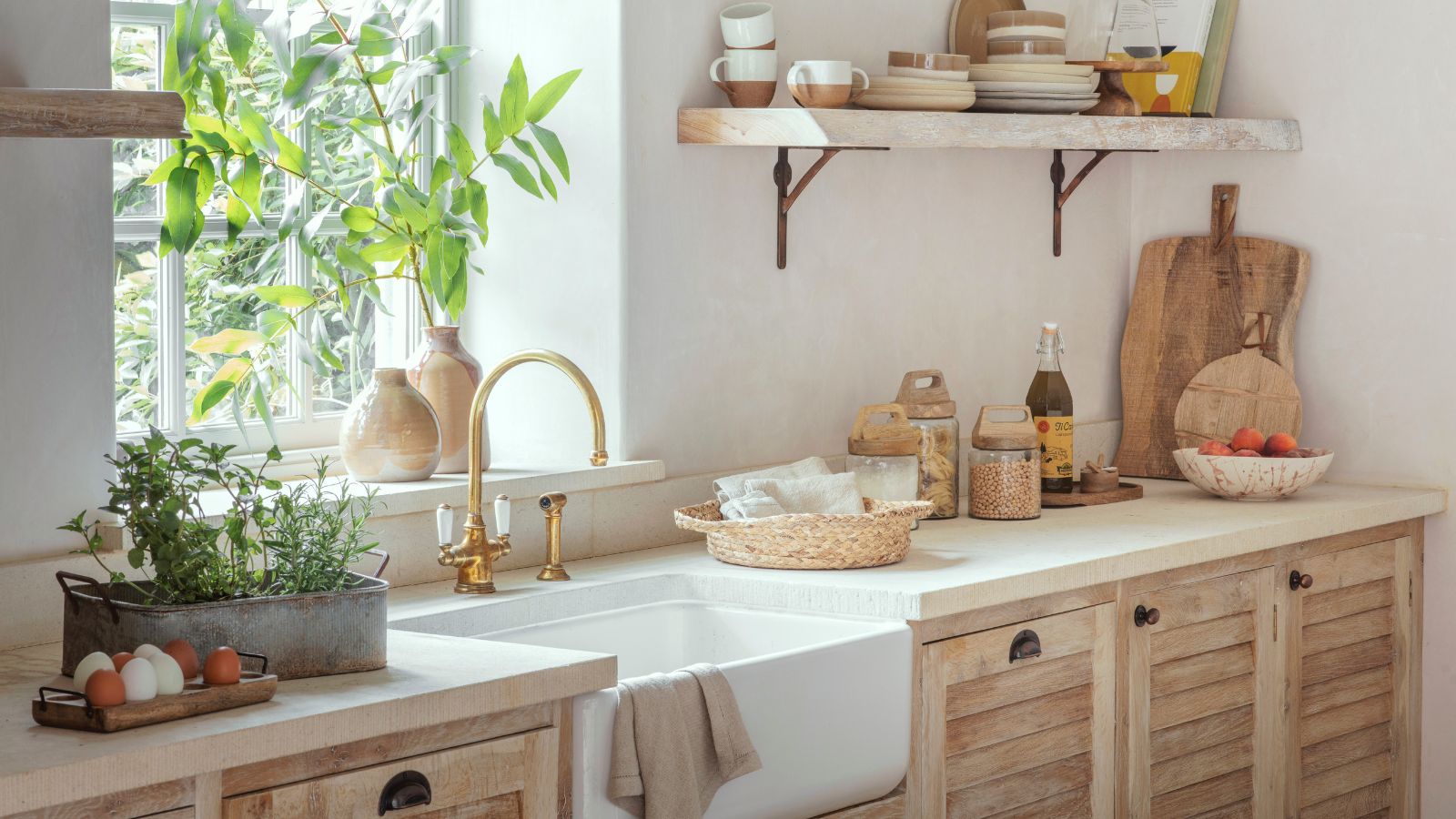

Ottilie Blackhall
Knowing exactly when to drip faucets and worry about pipes freezing is vital so you can avoid leaks and plumbing issues with sensible precautions at the right time.
When temperatures plummet to sub-zero, it's essential to know if you can get away with waiting another week – or if your taps are at risk of a bigger problem and need dripping now.
Here, we spoke to plumbing experts for their tips on winterizing your home plumbing indoors to save your taps this season, and how to avoid the most common dripping mistake in the process.
When to worry about pipes freezing
Much like knowing when to cover your outside faucet, the easiest way to determine when to drip your faucets indoors is by considering the weather and the activities inside your home.
Dripping your faucets is crucial for protecting your pipes from freezing and relieving pressure. This will save you a hefty, expensive headache later.
1. During temperature drops
As Jake Romano, plumbing expert at John the Plumber, explains, 'Frozen pipes become a real threat at 20 degrees Fahrenheit (-6.6 degrees Celsius) or lower.
'When the temperature falls below freezing, and a water supply is exposed to these freezing temperatures, the water can freeze in the pipe,' Romano continues. 'When this happens, the water in the pipe expands. Without anywhere to go, your pipe can expand and break.'
Design expertise in your inbox – from inspiring decorating ideas and beautiful celebrity homes to practical gardening advice and shopping round-ups.
2. After spotting condensation
Visible signs of condensation on pipes are an obvious way to spot trouble is on the way.
Josh Rudin, owner and CEO of Asap Restoration LLC advises looking for hairline fractures, caused by frozen water. While this doesn't qualify as a burst pipe, it can result in water damage if left unattended. Small leaks in the form of hairline cracks will also be the first place a burst will occur the next time the pipe freezes.
Justin Cornforth, owner of Ace Home Co. adds, 'Obviously, if you see frost on pipes, it means freezing has already started inside. Therefore, you need to take action to protect your pipes. To warm up pipes, you can place a small space heater [such as the affordable Mainstays 1500W Ceramic Fan-Force Electric Space Heater available at Walmart] near vulnerable pipes and set it to low. It will be enough to keep the area above freezing.'
Additionally, to prevent this, invest in pipe insulation, such as Duck Brand Foam Pipe Covers available at Amazon, which comes pre-slit with a self-sealing adhesive edge, or simply wrap pipes with insulation tape, such as the number one bestselling Redford Supply Co. Pipe Insulation Tape available at Amazon.
This is particularly important in typically unheated areas, like basements and attics.
Or, in a pinch, Justin says bubble wrap and duct tape are a quick fix that works 'surprisingly well.'
Do not point a hairdryer at high heat at your pipes as rapid heating will cause bigger problems and potential leaks.
3. When on vacation
Frozen pipes often happen overnight and can also be an issue when a home is left empty for an extended period.
Andy Kerr, founder of BOXT, says, 'When you spend time away from home during winter months, it is always important to prepare your property, especially the pipes, as they can become susceptible to freezing, causing extensive damage.'
'The aftermath of this is often expensive, and so implementing preventative measures before you head off on your holiday is vital.'
Therefore, Andy recommends maintaining adequate heating while you are away. The ideal temperature to set your thermostat when on winter vacation is at least 50°F, to keep the pipes warm.
If you have a smart thermostat, such as the Amazon Smart Thermostat available at Amazon, you can control when the heating comes on remotely from your phone, and easily adjust your home's temperature according to the weather.
'If you plan to venture on holiday during colder times of the year, it's a good idea to turn off your mains stop tap and open up the lowest sink or bath tap to relieve the initial pressure on the pipework,' continues Andy. 'Turn the bath or sink tap off and leave the stop tap off too. This will limit any issues with pipes freezing and cracking, or unwanted leaks while you are away.'
If you're heading off for a particularly long period, it's worth asking a trusted neighbor or friend who lives nearby to occasionally check in on your home, to ensure the heating is on and functioning properly.
'This is also a good way to check for any signs of a water leak, so that actions can be taken promptly if a pipe has burst,' says Andy.
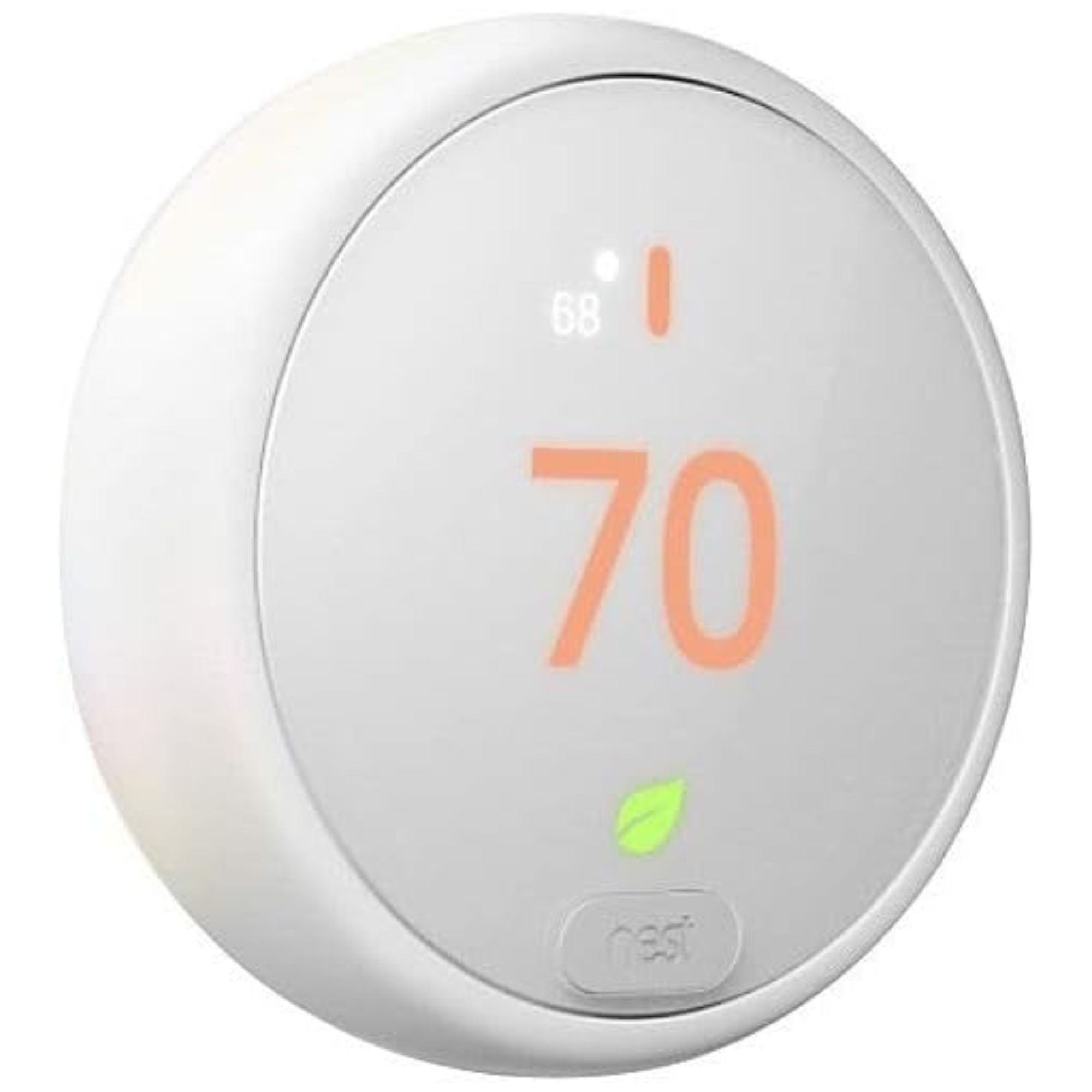
This programmable smart thermostat programs itself to help you save energy, automatically adjusting to help you save money at home.
4. Noticing strange sounds and smells
Bubbling and whistling sounds when using the sink or flushing the toilet could also be a sign of frozen water inside the pipes, so if you hear something unusual, don't ignore it. The same goes for bad smells coming from the faucet or drain.
Caleb John, director and plumbing expert at Exceed Plumbing and Air Con, says, 'Activation of a water tap producing gurgling or rattling noises can signal ice buildup inside your pipes.
'The unusual smell emerging from a drain signals that a blocked pipe is releasing trapped air or debris, yet people often miss this key indicator.'
If you notice either of these, it is worth calling a pro to take a look.
Additionally, Matt Kunz, president at Mr. Rooter Plumbing, a Neighborly company, suggests, 'Homeowners can also install smart water leak detectors (such as the Govee WiFi Water Sensor available at Amazon) to monitor for potential issues and alert them of any potential leak issues.'
Which faucets should be dripped in winter?
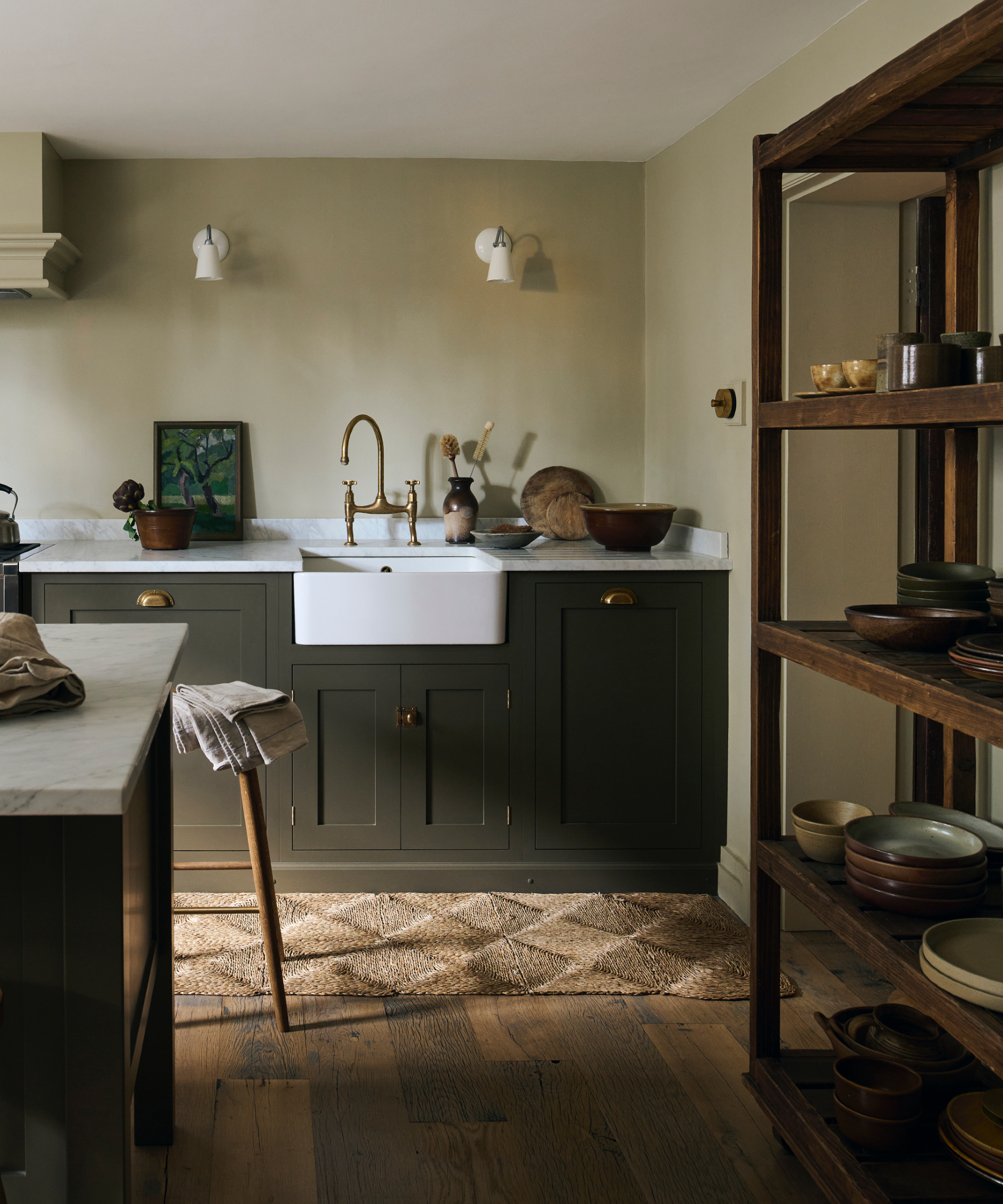
Picking the right faucets is vital for this trick to have any effect.
To stop pipes from freezing, you will need to consider the layout of your plumbing and the areas most vulnerable to the cold, as dripping faucets will keep pipes from freezing.
Aaron Adams, master plumber and CEO of Aaron Services: Plumbing, Heating, Cooling explains, 'It's most important to drip water on faucets supplied by pipes that run along exterior walls. These are the pipes most exposed to extreme temperatures, and, therefore, most likely to burst.' Don't forget faucets connected to unheated attics, basements, or uninsulated crawl spaces, too.
In general, you should let at least one faucet drip in each section of your home. This is especially crucial if your home has multiple floors or distinct areas, like an extension or a wing.
If you have the option, choose faucets that allow you to control hot and cold water separately and let both drip slightly. This ensures that both hot and cold water lines are less likely to freeze.
How to drip faucets correctly
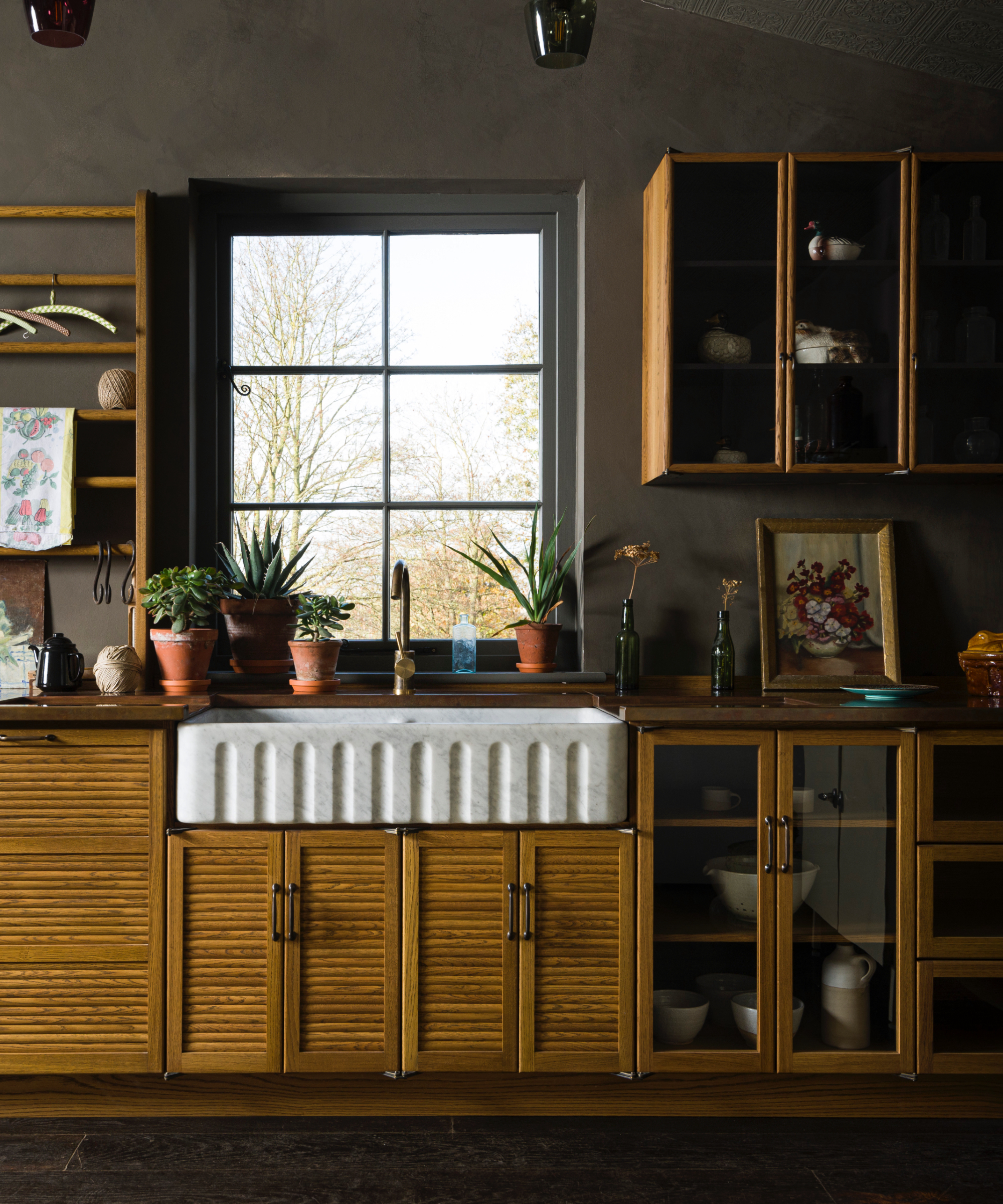
It is simple to make costly mistakes when dripping faucets.
Dripping faucets to prepare your home for a freeze is simple, but there are a few tricks to ensure this trick works to save your pipes without costing you the earth in water bills.
Aaron advises, 'Turn your taps on just enough to drip,' and leave them dripping until the temperature outside consistently stays above freezing. This is typically when the weather forecast indicates that the daytime and nighttime temperatures will stay above 32°F (0°C).
In contrast, to protect outdoor hose bibbs or outside faucets from freezing, Allison Harrison, co-owner at Goodbee Plumbing and Drains, says, 'You need to pay closer attention to when the temperature drops at all,' and should ensure they are completely shut off and drained, rather than dripped.
Allison continues, 'At the start of the colder season, you can cut off the water supply to these faucets and drain them to avoid any freezing.'
Then, cover outside faucets with items such as the Home Intuition Outdoor Foam Faucet Covers available at Amazon.
'Any generic cover will do as long as it's insulated, since these trap some of your home's internal warmth on the outside faucet,' adds Harrison. 'I really only recommend these instead of draining your faucets entirely if you live in a warmer climate that doesn't freeze every night.'
All prices correct at the time of update.
What is the most common faucet dripping mistake?
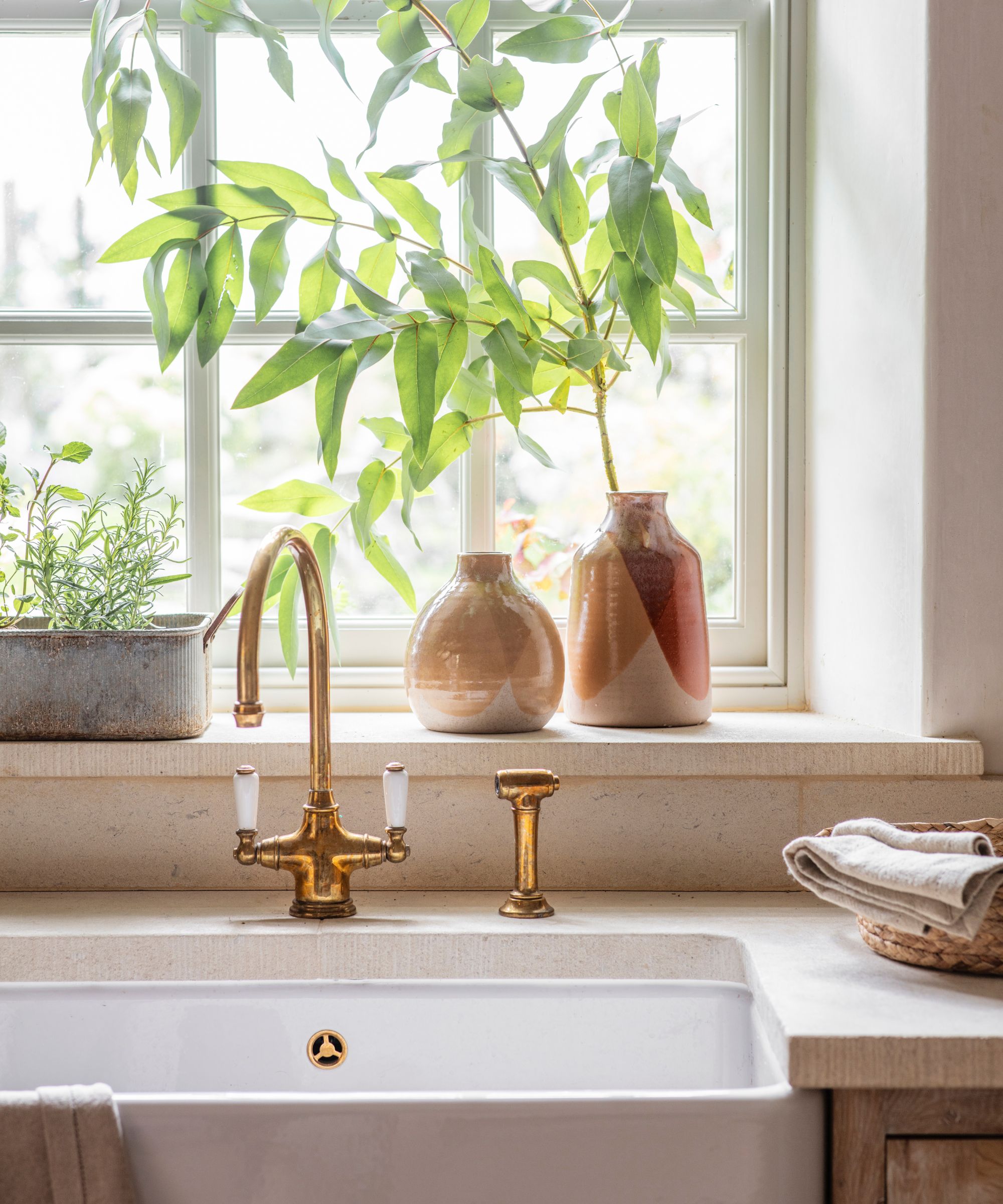
A few simple mistakes could render this pipe-protection trick useless.
Importantly, Enoch Heise from Legacy Plumbing, warns that many people often forget to drip both the hot and cold water through the faucet, leaving pipes unprotected at the end of the process despite their best efforts.
'This can be trickier with single-handle faucets like many kitchen sink faucets. It is critical, though. If water isn't flowing through either the hot or the cold, then you won't have any freeze protection for those pipes,' he says.
To avoid this problem, Chris Palmer, owner of Raptor Roofing & Plumbing, recommends turning both the hot and cold handles just enough to get a steady drip, which should be roughly the width of a pencil lead.
'You should see about one to two drips per second,' he says. 'For single-handle faucets, position the handle so you get both hot and cold water dripping.'
It's also worth taking the time to insulate your pipes ahead of freezing weather where possible, using heated pipe cables or foam insulation.
What to shop
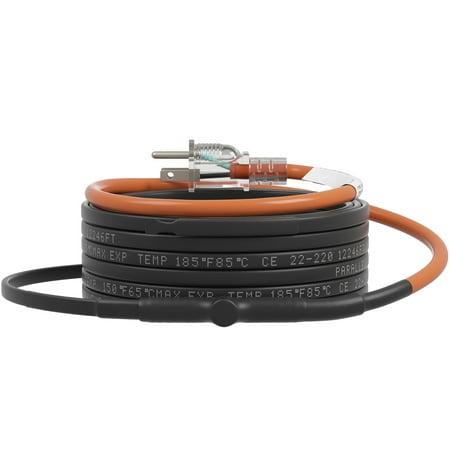
This pipe heating cable effectively protects pipes in even the harshest of temperatures, with a premium built-in thermostat and auto-on function.
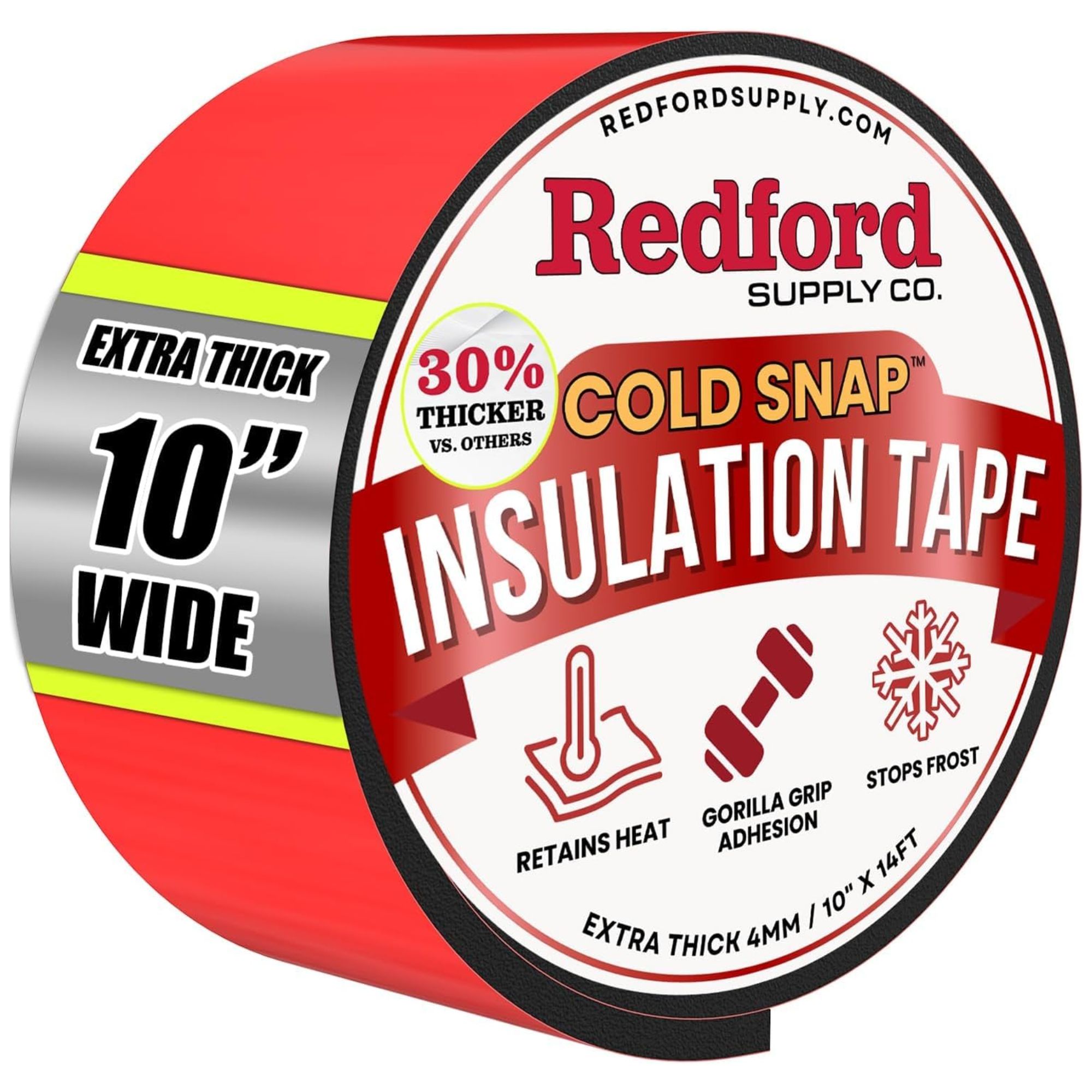
Built to withstand harsh temperatures for 25 years, this insulation tape is durable, providing freeze-proof, waterproof insulation for your pipes.
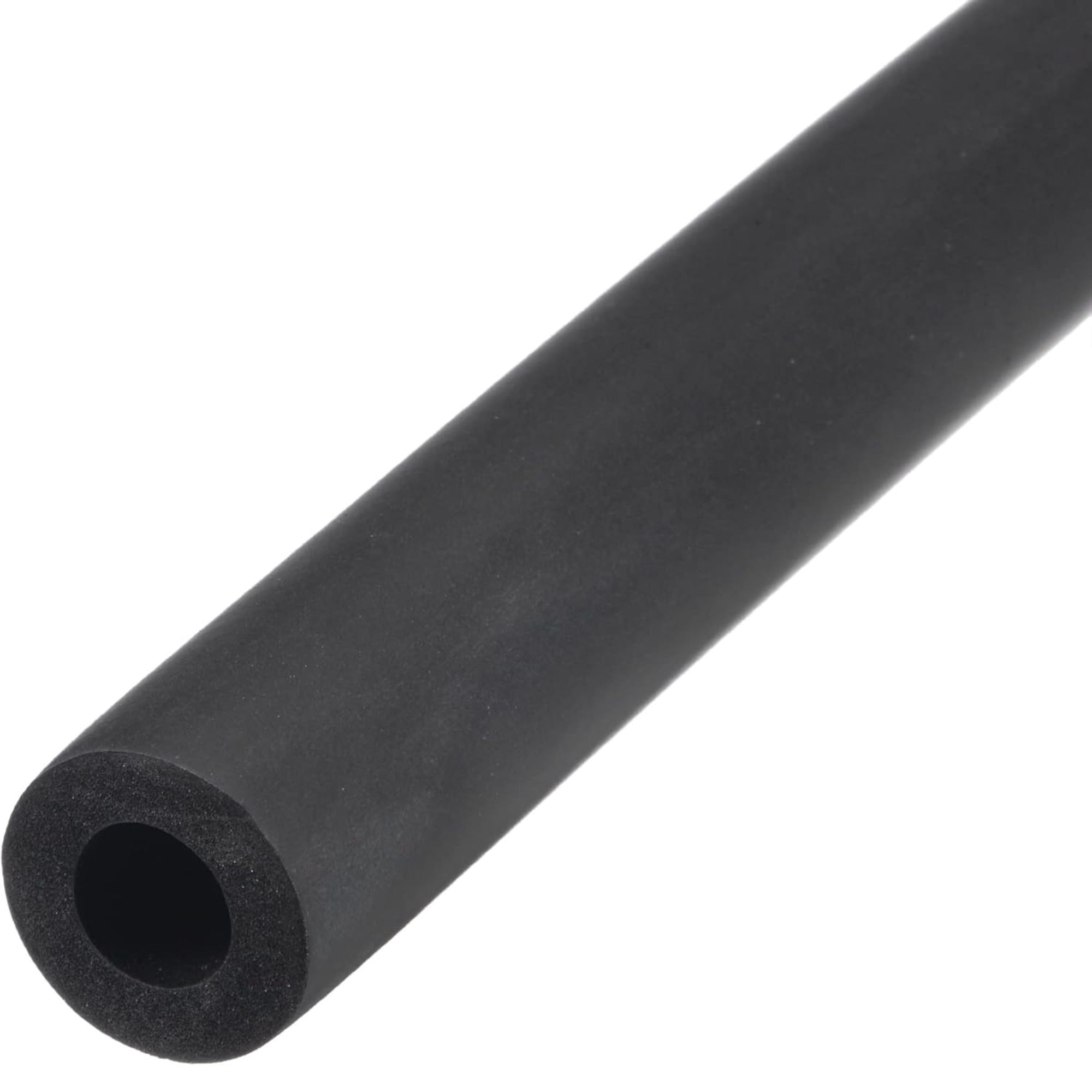
This pipe insulation is made of soft yet durable rubber, making it easy to bend and both age and weather-resistant.
FAQs
Can pipes freeze in one night?
As surprising as it might sounds, HVAC expert Josh Rudin says, 'Water pipes with cold water in them experiencing freezing temperatures at night can absolutely freeze and burst all in one evening.
'Many people think that the pipe has to freeze all the way through the whole line for a burst to occur, but, in reality, a small section can freeze and cause major problems while the rest of the line still has liquid water in it.'
For this reason, it's crucial to be aware of which home maintenance mistakes never to make in winter.
Can you flush the toilet when the pipes are frozen?
Your pipes being frozen is certainly a reason why your toilet won't flush. This can cause the toilet to crack, so it's imperative to act quickly and call in an expert to sort it out before irreparable damage occurs.
Will shutting off water keep pipes from freezing?
Shutting off the main water supply to your home can be an effective step in preventing your pipes from freezing, particularly if you're planning to be away during cold weather.
When the water is turned off, it's also important to drain the pipes by opening faucets. This helps by removing water that could potentially freeze and cause pipes to burst.
It's also advised to invest in this heating expert October fix to stop pipes freezing.
Remember, it's not just about stopping the flow of water but also about ensuring there's no standing water left in the pipes that could freeze.
What temperature should my home be to prevent pipes from freezing?
The perfect temperature to run your heating to avoid frozen pipes in winter is around 55˚F. This is also the ideal temperature to set your thermostat on when on winter vacation.
This temperature is warm enough to help reduce the risk of freezing in the pipes inside your house, particularly those running through unheated areas like basements or attics. Maintaining this temperature is key to protecting your pipes throughout the cold season.
Meet the experts

Allison Harrison is the co-owner of Goodbee Plumbing, a plumbing company serving the greater New Orleans area.

Enoch runs service calls for Legacy Plumbing, one of DFW's most highly awarded and highly rated plumbing companies. He performs all types of plumbing services: Installing fixtures, diagnosing and repairing slab leaks, sewer isolation testing, gas system diagnosis and repair.

Jake Romano is a seasoned entrepreneur in the plumbing industry, currently at the helm of one of Ottawa’s premier plumbing companies. With a knack for growing and developing businesses, Jake combines his passion for the often underappreciated complexities of plumbing with his expertise in management and operational efficiency. Outside of work, he enjoys working out, mastering spreadsheets, and spending time with his beloved basset hound, Baloney.

Joshua Rudin is the Owner of ASAP Restoration, LLC and a Certified Restorer.
Running water is something we take for granted, so it pays to know the signs to look out for, especially given the drastic temperature changes that can occur over winter and into early spring.
Other draft-proofing measures around the home can help to maintain a warmer ambient temperature, making your home feel more comfortable and reducing the risk of plumbing headaches.

Chiana has been at Homes & Gardens for two years and is our resident 'queen' of non-toxic living. She spends most of her time producing content for the Solved section of the website, helping readers get the most out of their homes through clever decluttering, cleaning, and tidying tips. She was named one of Fixr's top home improvement journalists in 2024.
- Ottilie BlackhallNews Writer
